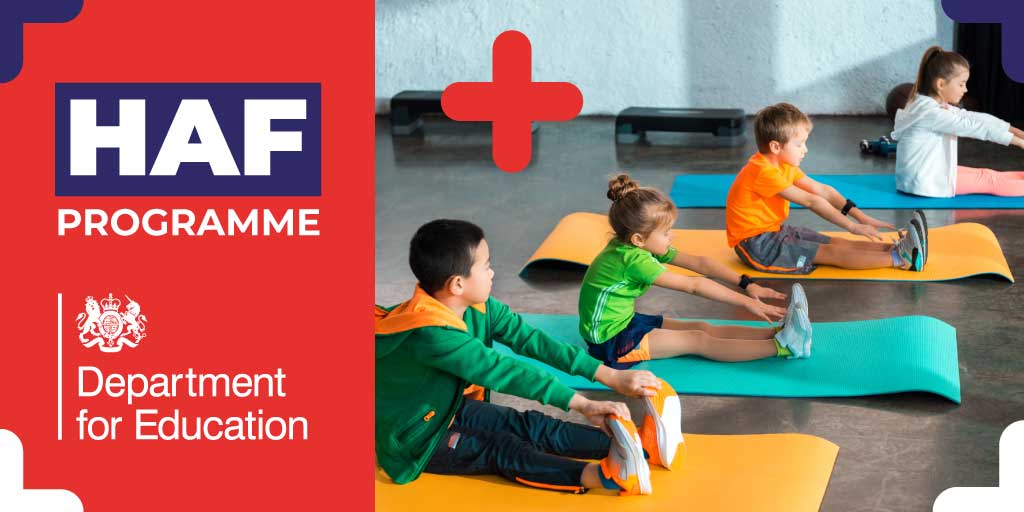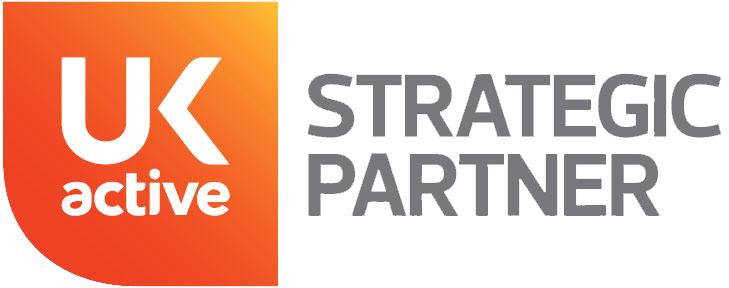The impact of Covid-19 has been widespread, but crucially it affected all staff in similar ways. From dogs barking to suddenly having to share a space with spouses and children engaged in virtual learning, it has been a bombardment of new challenges and experiences.
This new normal has prompted businesses to strengthen their digital infrastructure to keep their employees working. For many, this has meant modifying their company models.
Uber and Airbnb took on new company models as an imperative to maintain customer engagement and revenue. Similarly, as threats to revenue increased, so too did our awareness of the importance of physical and mental wellbeing.
In the UK, new research has found that maximising investment in wellbeing and wellbeing programs could boost the economy by an additional £61bn by 2025. For employers and HR departments, the question is, how can wellbeing maximise productivity, and how do I use this ‘new normal’ to help facilitate that? Read on to find out…
Invest in wellbeing programs
For the most part, employees have found adapting to working remotely just as challenging as it has been insightful.
With national and worldwide campaigns to encourage conversations on mental and physical wellbeing for children and adults becoming more prevalent, it’s no surprise that 56% of employees see it as essential to their job satisfaction. Whilst there isn’t a one-size-fits-all solution, there is no end of benefits to its flexibility.
Creating wellbeing programs or even reworking previous efforts can help your business improve productivity. Nearly 50% of HR managers rated productivity as ‘very good’ in organisations with viable wellbeing programs, and a massive 84% rated wellbeing support as increasingly important in the workplace.
The most common barriers are time, money and company culture. Many ‘normal’ business practices have ground to a halt or slowed down due to restrictions, gradual reopening and the discovery of new virus strains.
Therefore, it’s a perfect time to hold company surveys that will produce feedback that can help you build the foundation of a wellbeing program. With all employees and leaders experiencing similar challenges, you have the unique opportunity to start from a place of empathy.
Whether your goals are to increase employee morale, decrease absenteeism or create a staff retention structure, wellbeing programs can fashion from the bottom-up in your organisations’ image.
Create a diversity and inclusion strategy
Prolonged restrictions have exacerbated existing issues of poverty and discrimination. In the UK, notably, Marcus Rashford focused on holiday hunger for children across the UK.
An area The Drive Phase podcast looked at in our latest episode on HAF Alliance and dedication to sharing best practice methods for activities programs across the country. Alongside holiday hunger is academic attainment, discrimination, and the impact of isolation on the most vulnerable.
However, what is clear is that many of the past adages about working environments and inclusivity in the workplace aren’t sufficient. Employees want visible working plans that put the employee at the centre.
Strategies must include the prioritisation of internal diversity, inclusion, equity and belonging, with actionable steps. As a consequence of restrictions, hybrid work and work-life integration are high on the list for employee satisfaction, many employees seeing the benefits over the past year.
Happy employees are productive employees. Being able to construct a viable work-life balance is part of this. When it comes to management styles, the priority should be on softer skills like the consistency of communication and collaboration to achieve the best results.
If you’re more collaborative and communicative amongst your team, you’ll be no different on the field.
Employee training and development programs
Our guide to government incentives can provide you with direction for upskilling and employing new staff. The question is, why look at training and development after a period that has been so stringent on revenue?
Firstly, investing in training and development is a long-term goal that can partner with your future aspirations for expansion. Secondly, aligning your employees’ aims and the performance of your organisation will help you retain staff. And thirdly, whilst there may again be no specific way to engage in employee development, there are many inexpensive (or free) ways to upskill or train staff.
Employees are aware of the difference between activities designed to tell them you care and ones designed to show them. Training and development are some of the more significant ways to be proactive in showing that you care.
The platform from Coordinate Sport is not only built for the activities sector but can help you re-focus your commitment to providing the best experience for customers and employees. You can set goals, manage them through their development with HR tools, and produce consistent team-wide communication.
With a personal login, each staff member can keep up to date with their schedules and opportunities to engage in benefits and development.
What could be easier? Contact the Coordinate Sport team today!









